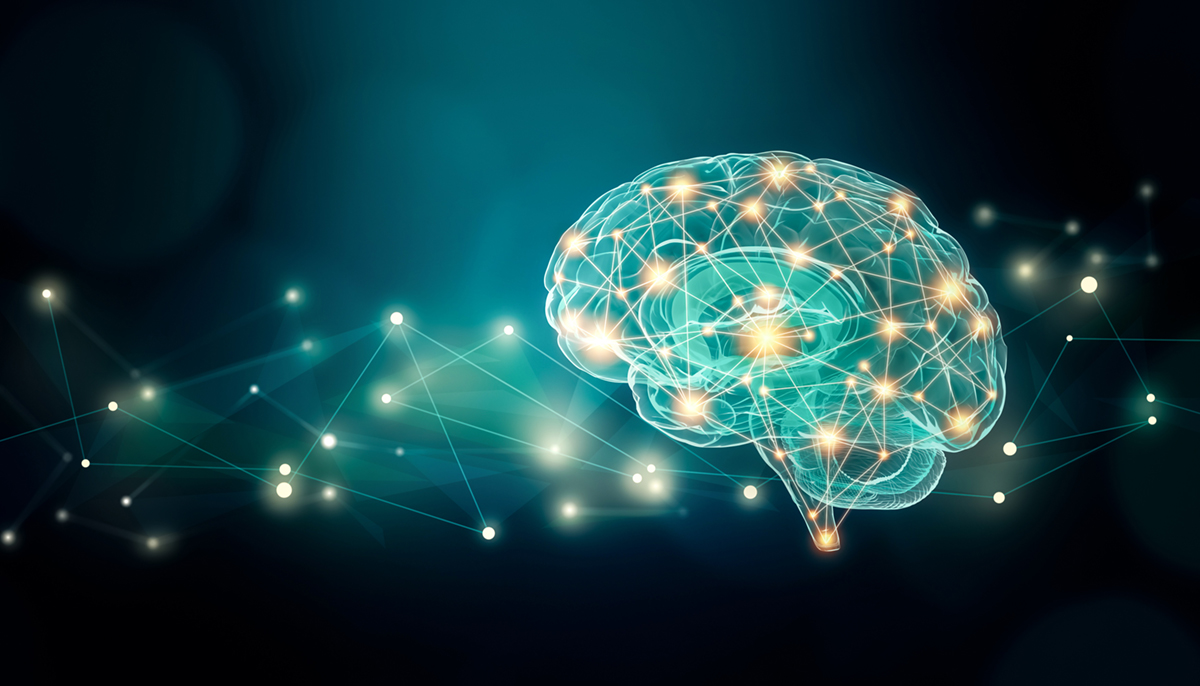Aging Japanese Village
An Aging Japanese Village Put Life-Sized Dolls Everywhere to Feel More Alive
There are fewer than 60 residents living in the tiny Japanese village of Ichinono. Most of them are elderly, which is not surprising: Japan has the second-oldest population on earth. Kids born in the tiny village eventually went to college in big cities, found jobs elsewhere, and never returned.
So, to make the city feel vibrant again, residents have crafted crude life-sized dolls and stationed them around town to liven up the joint.
Townspeople took it upon themselves to create mannequins that they wrapped in old clothing and positioned them at various points around town to make it seem like the “residents” were collecting firewood, swinging from a swing set, or riding bikes.
30 percent of Japan’s total population is over 65 years old—that’s the highest percentage of people over 65 in one country in the world. People are dying at a faster rate than they can be replaced with new babies.
In Ichinono, the village leader, warns that if something isn’t done, entire villages are at risk of extinction. The Prime Minister has pledged to revitalize small aging villages, but so far there hasn’t been much that’s proven to work. In 2023, the Japanese government started offering residents around $7,700 US per child to couples in major cities who have children who are 18 years and younger so they can move into the less populated countryside.
All that is to say that the country can use a little bit of youth. And when real flesh and blood people aren’t having enough babies, life-size dolls are the next best thing.
But there is a shining ray of hope in the village—a 2-year-old, the first baby the village had seen in two decades. His parents moved into town from Osaka during the pandemic to get away from the bustling and congested city life. They’ve been there ever since. The 2 year-old doesn’t have many kids to play with, not real ones anyway. But let’s hope one day, a younger couple with kids moves to town so he can socialize with someone his own age.
In a new study, scientists seeking to better understand how physical activity protects against neurodegenerative diseases like Alzheimer’s found it’s because exercise makes the brain larger.
2 to 3 days of moderate to vigorous physical activity was correlated to a significant increase in total brain matter and in specific regions like the temporal lobe and hippocampus.
To ensure the record is understood absolutely clearly—there’s no doubt that physical activity protects the brain from neurodegenerative diseases.
10,000 participants (and their brains) with an average age of 54, but ranging from 18 to 97, who were about half men and half women made up the study cohorts.
Exercise was self-reported—an inevitable flaw when conducting large population studies like this one. Participants were asked how many days of the week they engaged in 10 minutes or more of moderate or vigorous intensity exercise.
10,125 brain MRI scans were examined, and it was determined that a higher number of days of moderate to vigorous physical activity “predicted larger normalized brain volumes in multiple regions, including total gray matter volume, total white matter volume, hippocampus, frontal cortex, parietal lobes, and occipital lobe,” the authors wrote.
Brain matter and size are all predictors of better cognitive and neurological health as we age, while neurodegenerative diseases are often found in less-dense brains.
“The study included adults aged 18-97, showing it’s never too early or late to start,” wrote Chris Kresser, founder of the California Center for Functional Medicine, who was not involved in the study.
“While 75% of participants reported doing some regular physical activity, many didn’t meet standard exercise guidelines—yet still showed brain benefits. This adds to growing evidence that even modest physical activity can protect brain health.”

